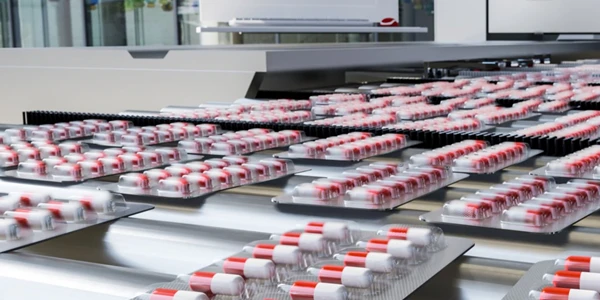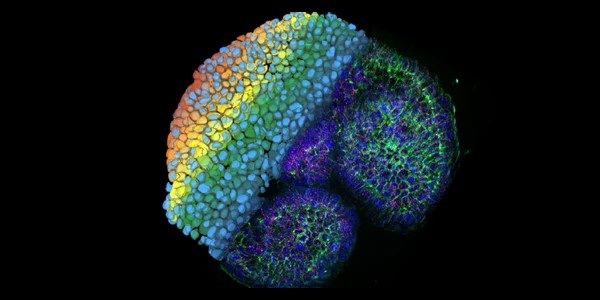Bruker`s New Software and Informatics Solutions to Empower Metabolomics, Proteoform Profiling, and Toxicology
Bruker showcased a number of analytical solutions this year at ASMS as they celebrate 25 years of MALDI technology innovation. The new offerings for life science, translational, and pharmaceutical research applications are meant to enhance the quality and depth of data analysis and interpretation.
Bruker’s advanced MALDI Imaging platform now integrates the SCiLS software with the rapifleX high-throughput MALDI-TOF/TOF or the novel MALDI-Magnetic Resonance Mass Spectrometry (MRMS) system for drug and metabolite imaging. The SCiLS Cloud and SCiLS Lab software solutions bring new features and capabilities to the MALDI Imaging platforms.
As a label-free technique for spatial resolution of proteins, glycans, lipids, and drug compounds, MALDI Imaging is finding greater use in pharmaceutical drug development, as well as time-resolved tissue imaging and translational pathology. SCiLS Cloud offers secure web-based access for viewing data, sharing results, and manipulating experimental parameters. SciLS Lab enables user friendly data visualization and computational analysis for imaging data sets. Both are MultiVendor Support (MVS) enabled to offer compatibility with data acquired from non-Bruker machines.
Metaboscape 3.0 is a third-generation metabolomics research and validation solution. The software supports direct injection (DI) and MALDI Magnetic Resonance Mass Spectrometry (MRMS) for high-throughput translational research analysis and validation. The software is fitted with several advanced algorithms and features aimed at extracting all relevant information with precision and speed. The effect will be higher throughput for validating larger sample cohorts in larger-scale longitudinal studies.
Proteoform Profiling 1.0 enables a powerful new research area, the large-scale profiling of all protein mutations, splice variants, post-translational modifications, as well as protein processing or degradation products. This type of analysis is important in characterizing cell biological processes, the nature of which may not be fully disclosed using traditional bottom-up approaches.
Also announced were the TargetScreener 3.0HR and ToxTyper 2.0E, both for screening and quantitation in Forensics, Food Safety, and Environmental Testing applications.
Bruker also released the nanoElute nano-flow UHPLC system. This device is meant to work in concert with Proteoform Profiling and other metabolomics software to capture greater depth of label-free intact proteins in discovery workflows.
These new releases follow on the heels of several exciting instrument platform announcements made at Pittcon earlier this year. Bruker seems to be offering tools and solutions aimed at all angles of the MS field.










